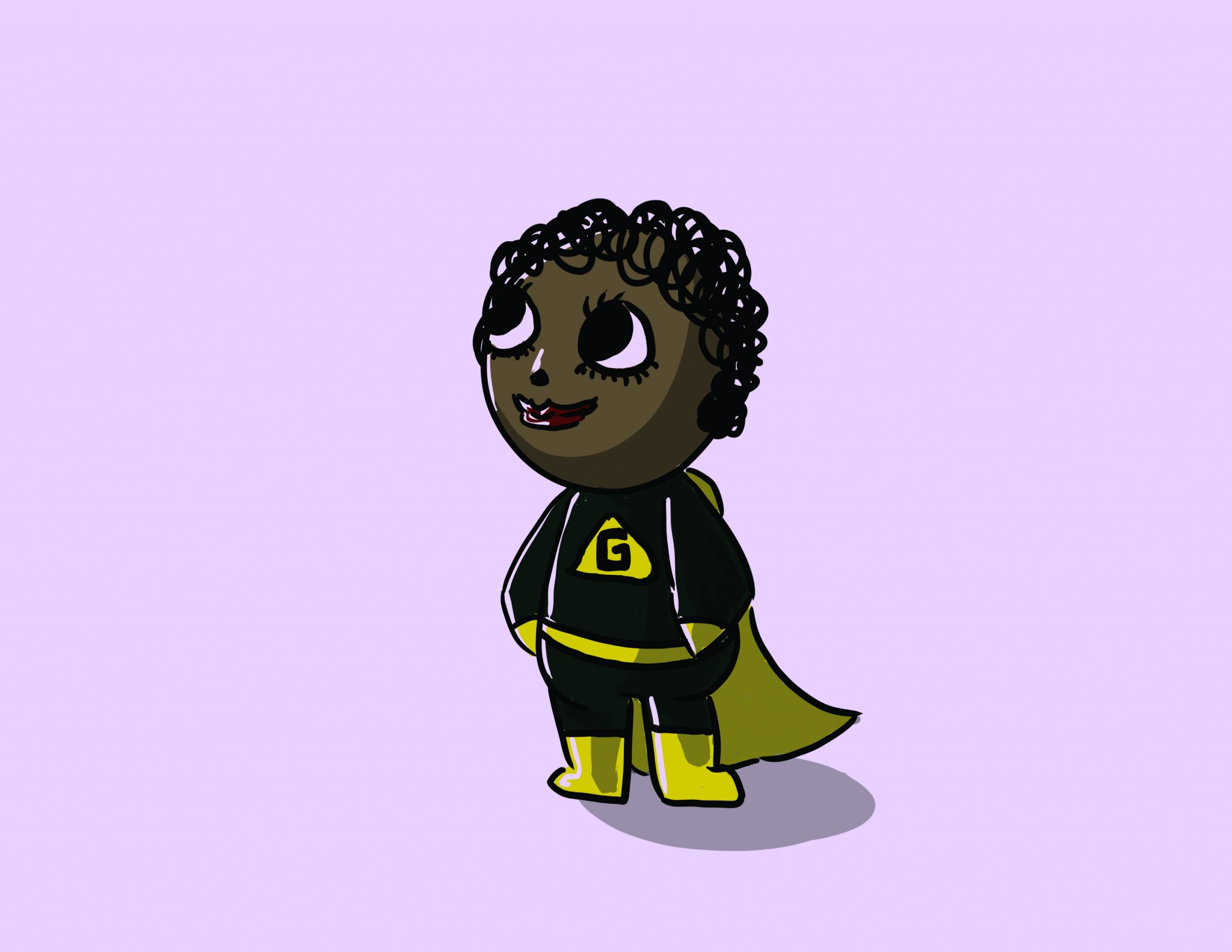Exploring the impact of children in comics


Comic books have impacted the lives of many readers – especially in the age of super hero movies. This is because almost every big block-buster film is focused on an all-powerful being trying to find their place in the world while saving it.
Despite this, the entertainment industry has greatly ignored child super heroes, ultimately leaving them within the pages of comics where they’re subjected to extreme abuse and violence.
The two major super-hero comic book companies — Marvel and DC — are the most infamous mainly due to how popular they are. However, where Marvel has been hesitant to go too far with the abuse and violence the child super-heroes are subjected to, DC hasn’t held back.
Characters such as Barbara Gordon, Tim Drake, Stephanie Brown and Damian Wayne have all been victims of traumatic events and occasionally death. But that’s just to name a few.
Let’s not forget Jason Todd, aka Red Hood. He suffered a particularly brutal death at the hands of the Joker before any other child had been killed in a comic.
We can’t ignore the glaring issue with child super-heroes. The murdering of these children can be interpreted as normalizing child abuse. But yet, they are an integral part of the comic book universe. Characters such as Robin, Kid Flash, Ms. Marvel or Prodigy have entire fan-bases devoted to their characters.
Child super-heroes may be an integral part of the universe, but maybe it’s time to stop creating them just to kill them off later.
People who read comics are stereotypically depicted as being socially awkward and introverted people. Although it’s not entirely accurate, it could explain why people who are less social connect so much to these child super-heroes.
It’s easier to learn the back-story of an individual, understand the characters emotions and feelings during a crisis or event, and to get to know them through their relationships with others.
But, most importantly, as a character evolves — especially child characters whose complex experiences the reader can empathize with as they evolve over time with them — often times the most mundane things that the character experiences, such as Peter Parker being bullied in high school, are experiences we all have.
Although, generally, we have no secret identity or ability to climb on any ceiling, the connections can still been made.
When a child super-hero does die, however, the fan-bases devoted to them go into overdrive. At the same time comic book review sites start criticizing or praising the steps taken by the creators to reach this moment.
Meanwhile, the comic book companies are churning out comics entirely devoted to all those related to the now dead child. They continue the character’s arc ”In Memoriam” issues so their profits keep increasing in the process.
As you can see I know a little bit about this process, I’ve mourned for my fair share of child heroes. One of my favourite super-heroes is Damian Wayne. Although he is recognized as a spoiled and violent child, he tries to change his behaviour and repair his relationship with his father. It’s what kept me reading.
And so when the boy died, it was devastating to say the least. Thus, I read deeper and deeper into the comics — finding out who wrote it and how was fascinating.
The months after his death led to promises of the return of Robin, with anticipation causing increased sales for comic book readers.
Child super-heroes may be an integral part of the universe, but maybe it’s time to stop creating them just to kill them off later.


